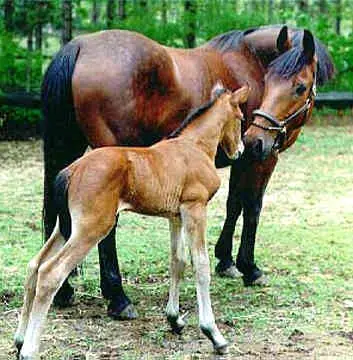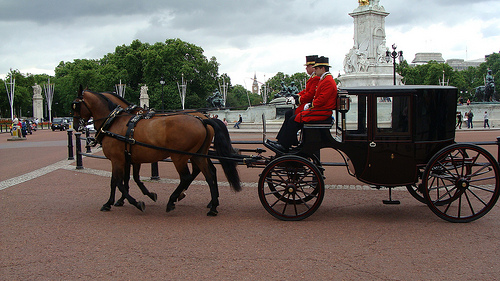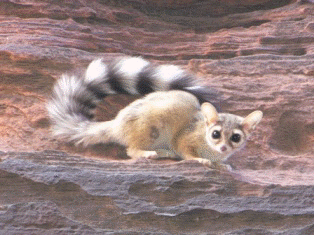Cleveland Bay
Originating from England in the 17th century, the Cleveland Bay is a horse that was named after its colouring (bay) and the Cleveland district in Yorkshire. This horse is well-muscled, and it is the oldest established horse breed in England. It is also the only non-draught horse that was developed in Great Britain.
The ancestors of the Cleveland Bay horse came from the Middle Ages. These ancestors were pack horses and had the nickname, “Chapman Horse”. These pack horses were actually cross-breeds between Barb and Andalusian horses, and later on they cross-bred with Thoroughbred and Arabian horses. Throughout the years, this breed transformed to have a lighter frame as they were used as riding and carriage horses.
They were first imported in the 19th century to the USA, but population declines occurred after the 2nd world war. It became popular again in the 1970’s, but now only 550 Cleveland Bay horses exist as of 2006. They are now considered by the UK’s Rare Breeds Survival Trust and the USA’s American Livestock Breeds Conservancy as both being critical to extinction.
It is a pity because the Cleveland Bay horse has been used by the Royal Family throughout its history. In fact, they still have the job of pulling carriages during royal processions. Other than being used for royal purposes, they also are used for driving, farm work, and under-saddle work. They are popular for show jumping and fox hunting as well.
This horse stands at about 16 hands (or 163 – 168 cm). It is always bay in colour, although shades of bay do vary such as light, dark, and ordinary bay. Its head is slightly convex and its neck is long and well-muscled. Its withers are also well-muscled, it has a deep and broad chest, and its shoulders are sloping and muscular. Their legs do not have much feather as it was developed to work in heavy clay soils of the UK.
The Cleveland Bay horse is hardy and long-lived. It has docile temperament. It is a versatile horse that has been used to create or improve other horse breeds such as the Oldenburg, Holstein, and Hanoverian breeds.




